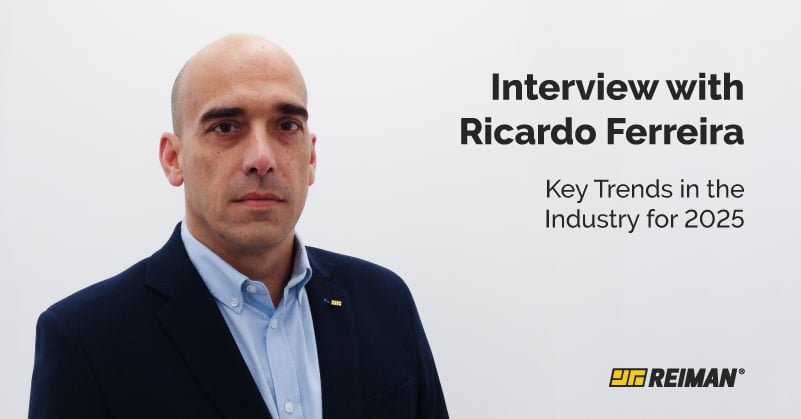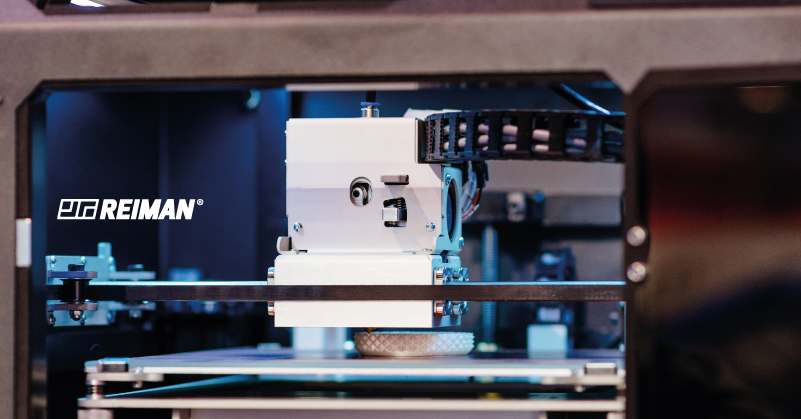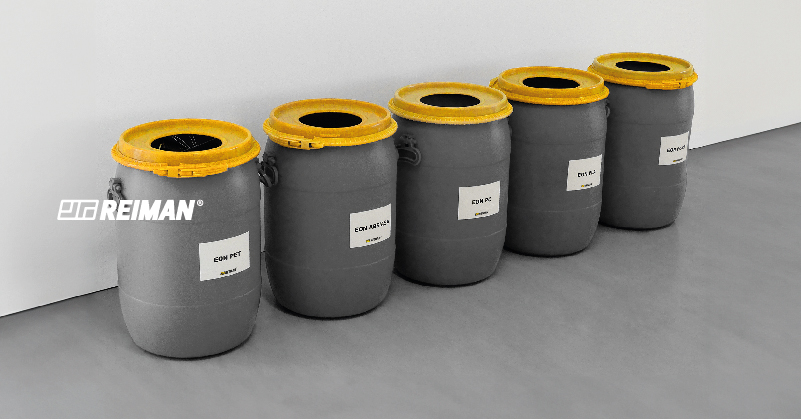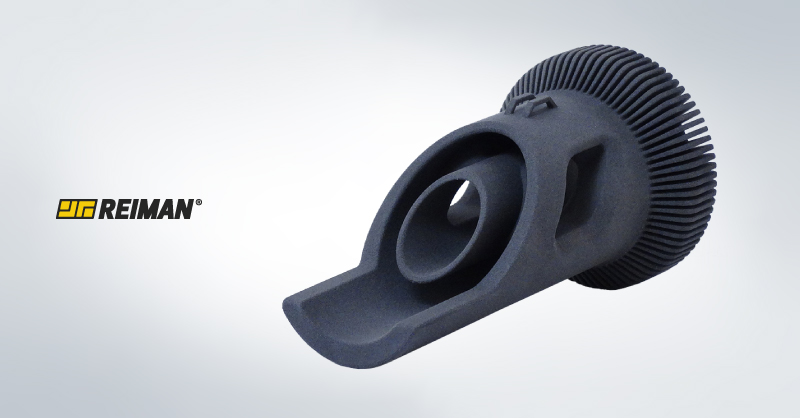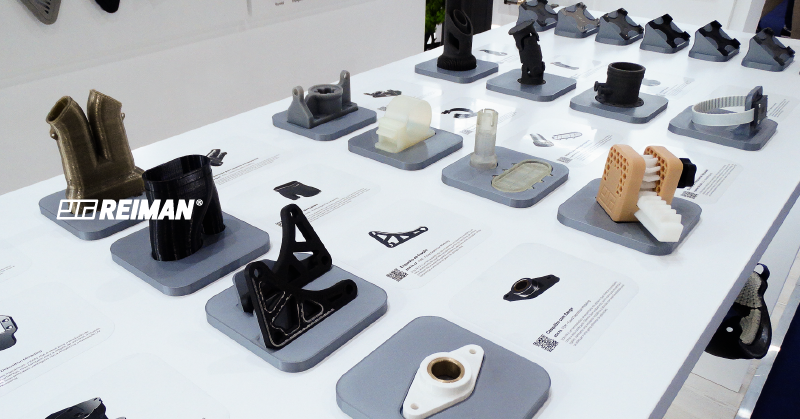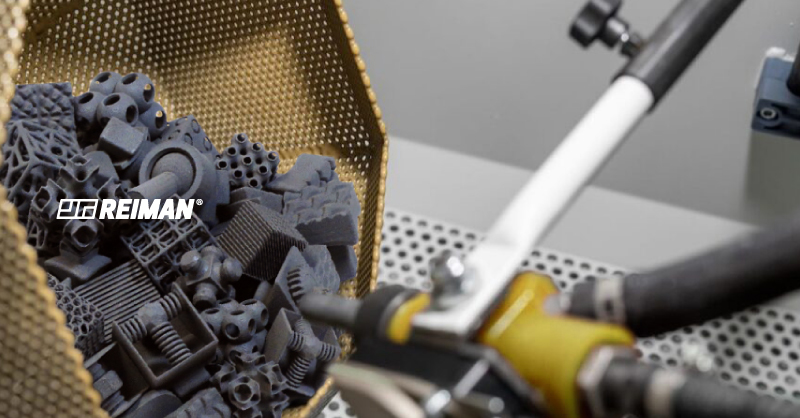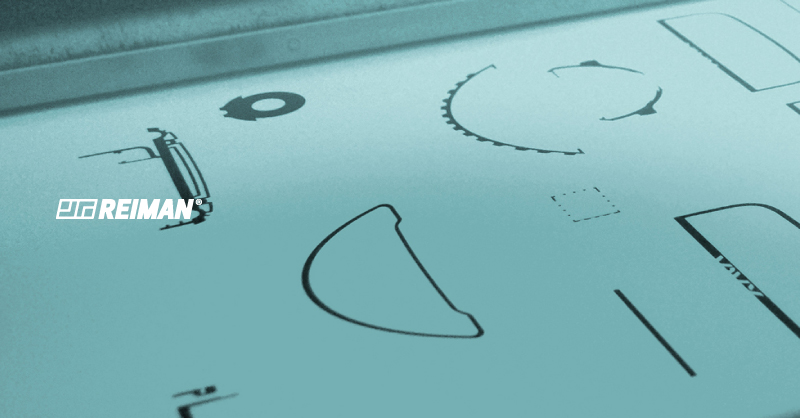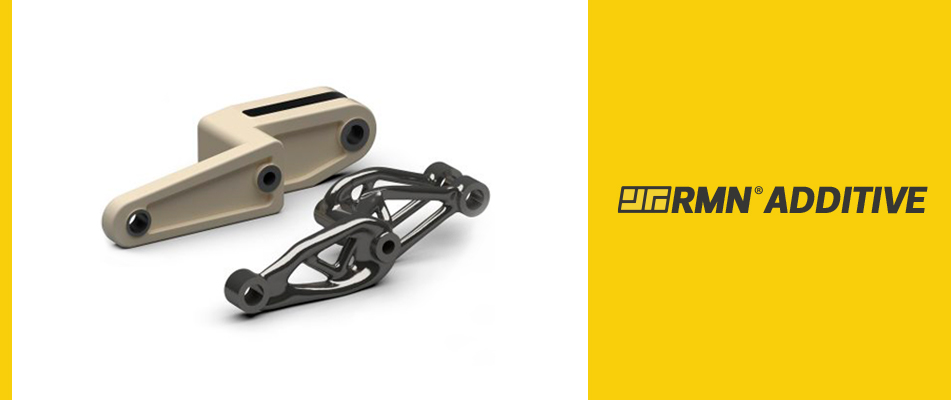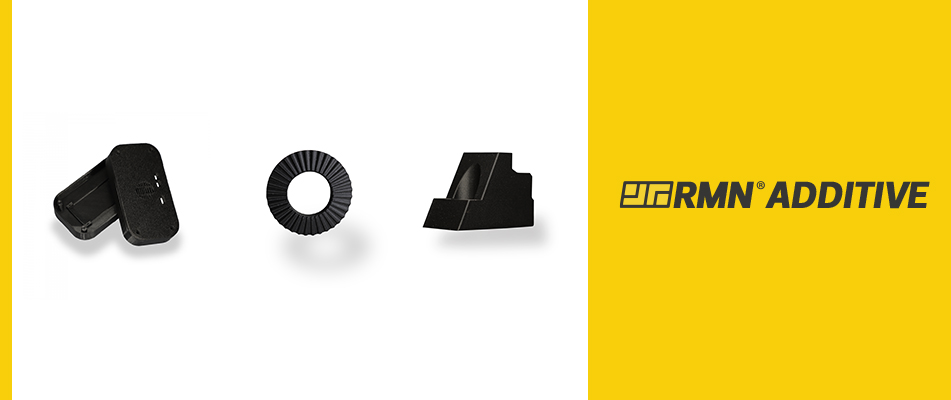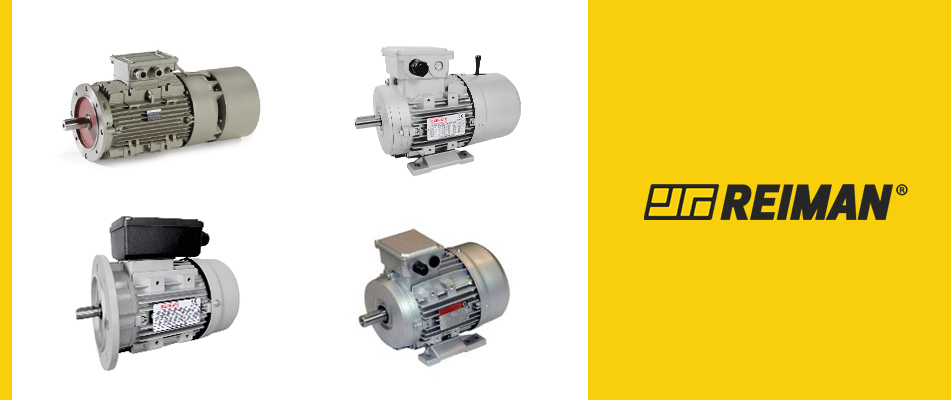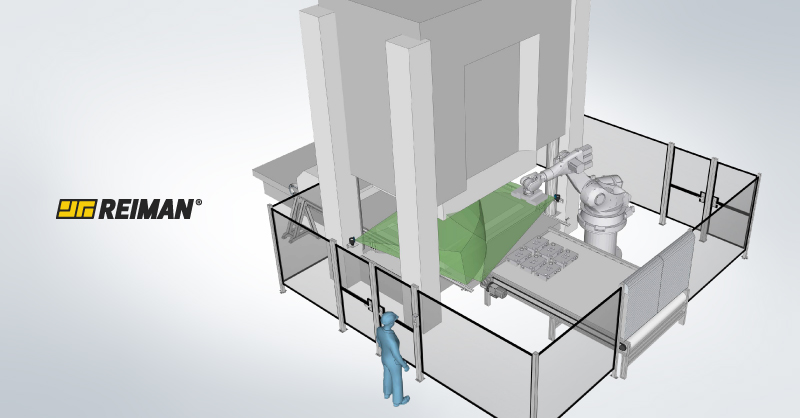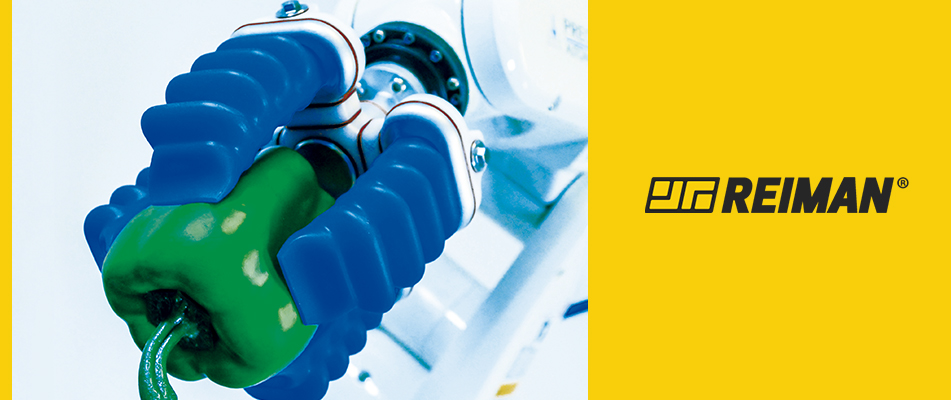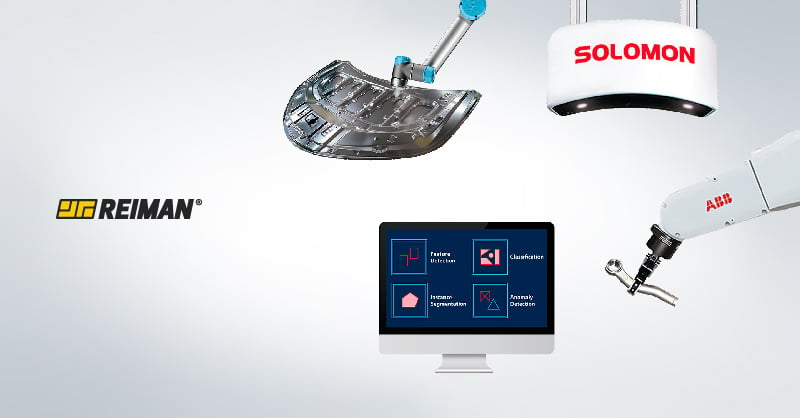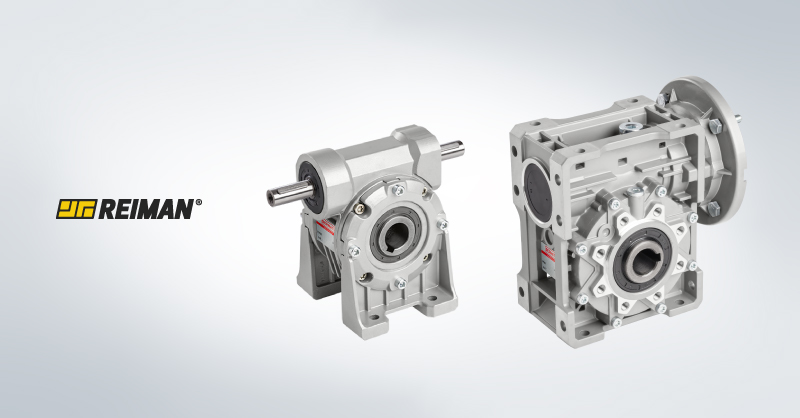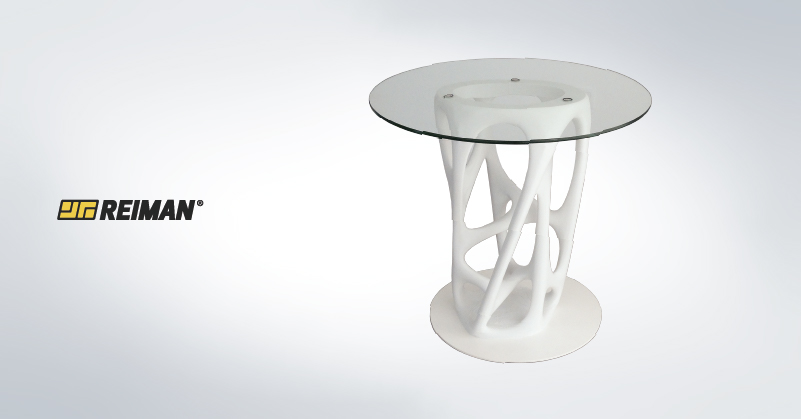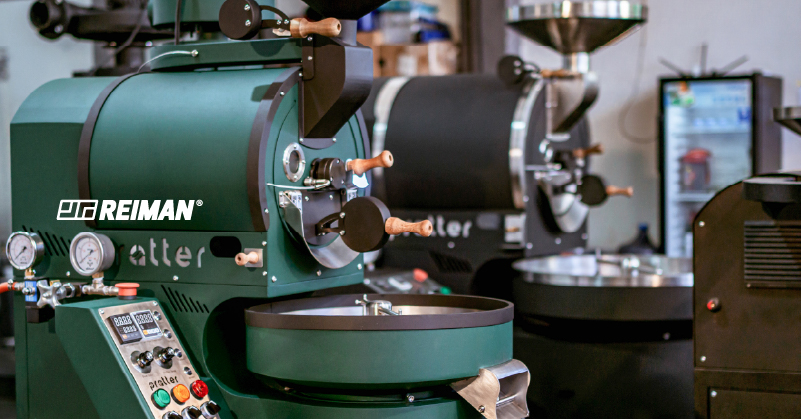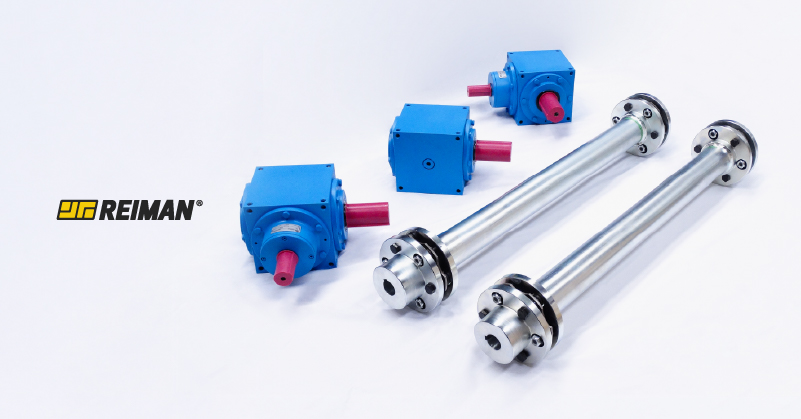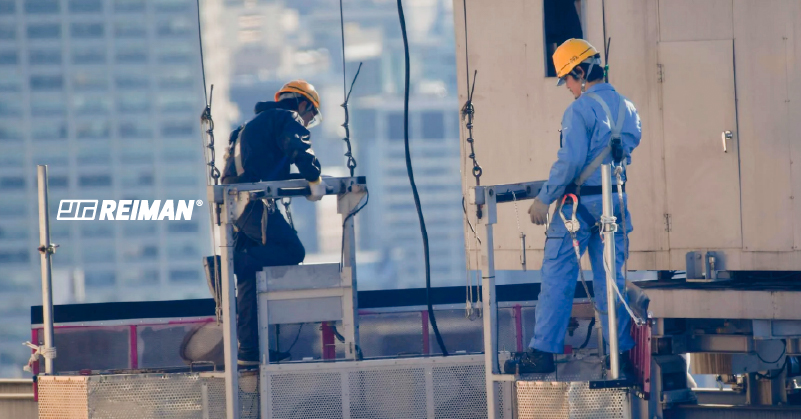We use cookies to make your experience better. To comply with the new e-Privacy directive, we need to ask for your consent to set the cookies. Learn more.
Tag Archives: 3D Printing
Interview with Ricardo Ferreira: Key Trends in the Industry for 2025
Discover the main industry trends for 2025 in an interview with Ricardo Ferreira, Product Manager at REIMAN. Explore topics such as Industry 4.0, digitalisation, artificial intelligence, energy efficiency, 3D printing, sustainability and discover how they are transforming industry in Portugal and around the world. ...
Read More »
3D Printing in Polymers: A Guide to Selecting the Ideal Process
3D printing, or additive manufacturing, in polymers offers a world of possibilities for creating prototypes, complex parts, and customised products. However, the variety of available technologies and materials can make it challenging to choose the ideal process for each challenge. In this guide, REIMAN, in collaboration with RMN Additive, presents the key criteria for a more informed selection. ...
Read More »
Sustainable 3D Printing: Giving New Life to Filaments at RMN Additive
The world of 3D printing, also known as additive manufacturing, has exploded in popularity, offering tremendous potential for innovation, rapid prototyping and serial production in the industrial sector. But what happens to all the filament waste when a project is completed? ...
Read More »
The complexity of 3D printed part shapes
It is important that a 3D printed part serves its purpose in its entirety, and it is often necessary for its design to be complex to achieve the most necessary and crucial goals. For the final piece to demonstrate exactly the complex shape previously thought out and designed, the following steps are required: ...
Read More »
How does 3D printing significantly reduces waste?
Additive manufacturing, popularly known as 3D printing, plays a crucial role in optimizing industrial processes, not only due to its ability to produce complex and independent parts but also because it significantly reduces the waste of raw materials compared to traditional methods like subtractive manufacturing. ...
Read More »
Surface Treatment on Additive Manufacturing Parts
It's common to see that 3D printed parts, once completed, reveal a type of texture based on the technology in which they were produced. Depending on the function, it is important that the part's surface has certain characteristics that eliminate the risk of compromising its functionality or that of the assembly it is part of. While various additive manufacturing technologies specialize in building a part with the accuracy and demands associated with quality requirements, surface treatment specializes in enhancing the part of prominent textures or retained waste, and RMN Additive offers the following surface treatment services for additive manufacturing parts. ...
Read More »
What is SLS? (Selective Laser Sintering)
RMN Additive presents a new technology in their 3D printing function panel, which production method sums it up to a sintering process on a polymeric powder through a laser beam, layer by layer. SLS technology (Selective Laser Sintering), primordially developed in the mid 1980’s, and recently innovated for more effective and sustainable needs, is the most preferred technology by industry professionals, due to its productivity and capacity in printing practical and resistant parts. ...
Read More »
What is generative design?
The world and technologies are advancing at a galloping pace. Everything that ins’t technological ceases to be interesting and becomes obsolete. This is an evolution that has been reflected in all kinds of sectors, even the most unthinkable. ...
Read More »
Additive Manufacturing: What is it? What advantages does it bring?
Additive Manufacturing is a 3D printing technology through which it is possible to obtain strong and resistant parts, prototypes, and models. 3D printing begins by designing the part in CAD software that then generates a .stl file. ...
Read More »
What is the difference between additive manufacturing and subtractive manufacturing?
In one of our previous articles, we showed you what additive manufacturing consists of, however, often associated with this process is subtractive manufacturing and so we decided to show you the main differences between the two processes. ...
Read More »

